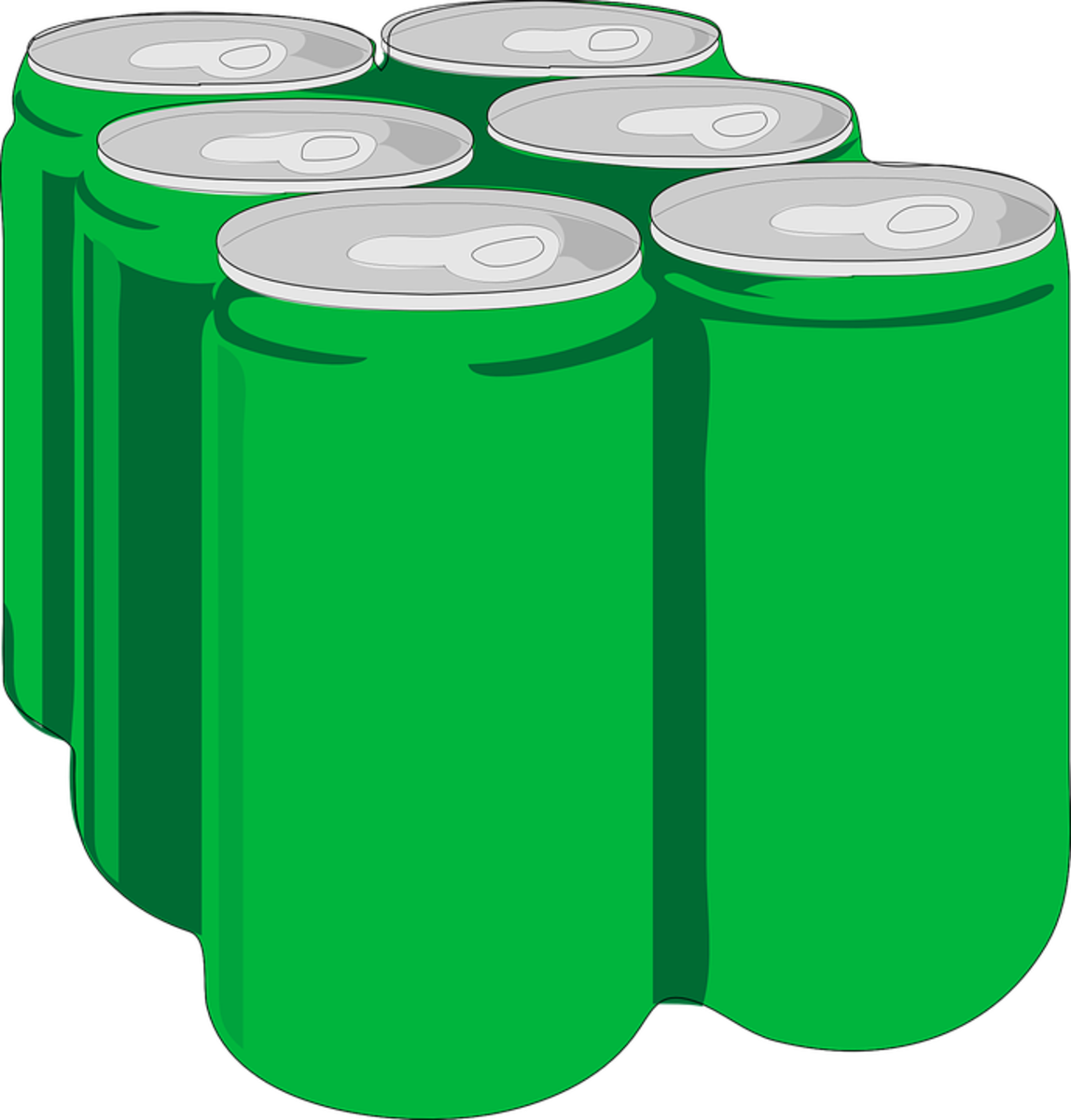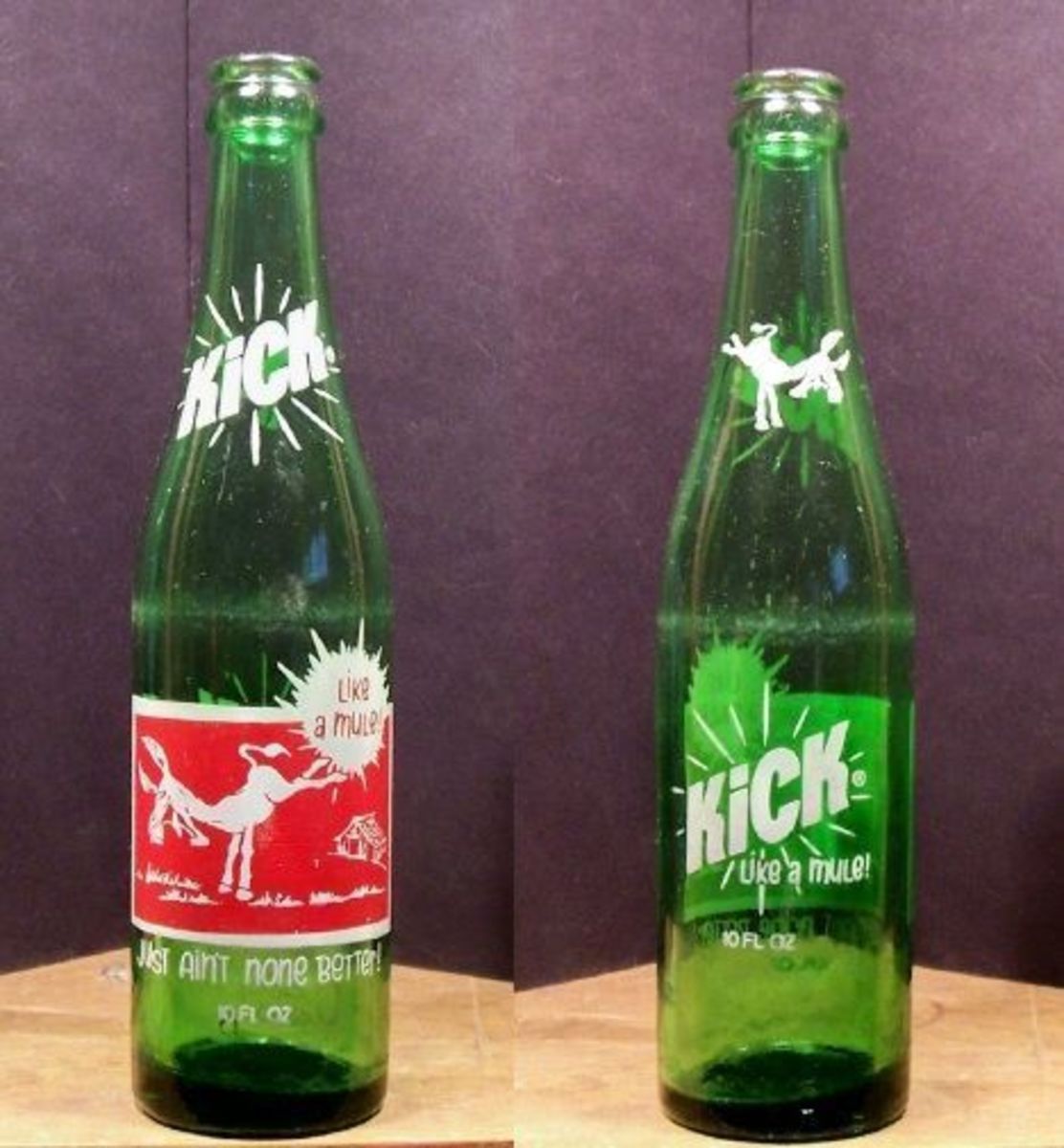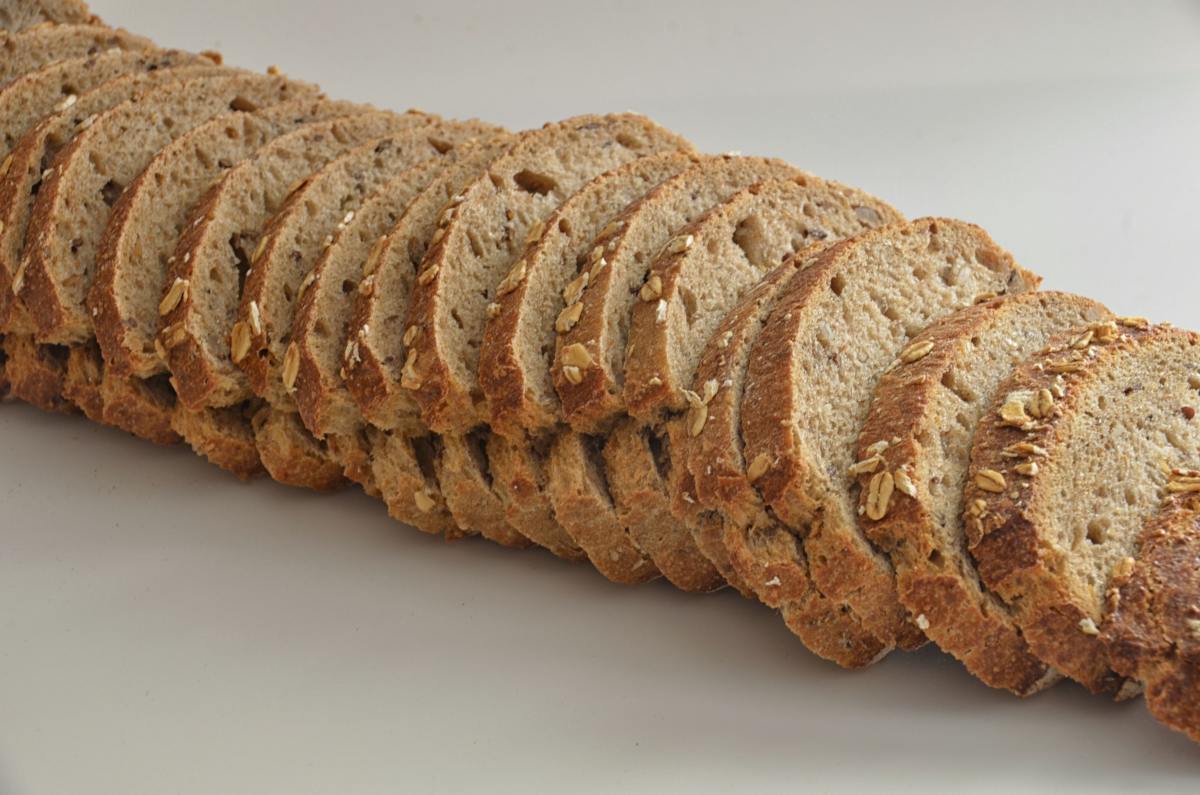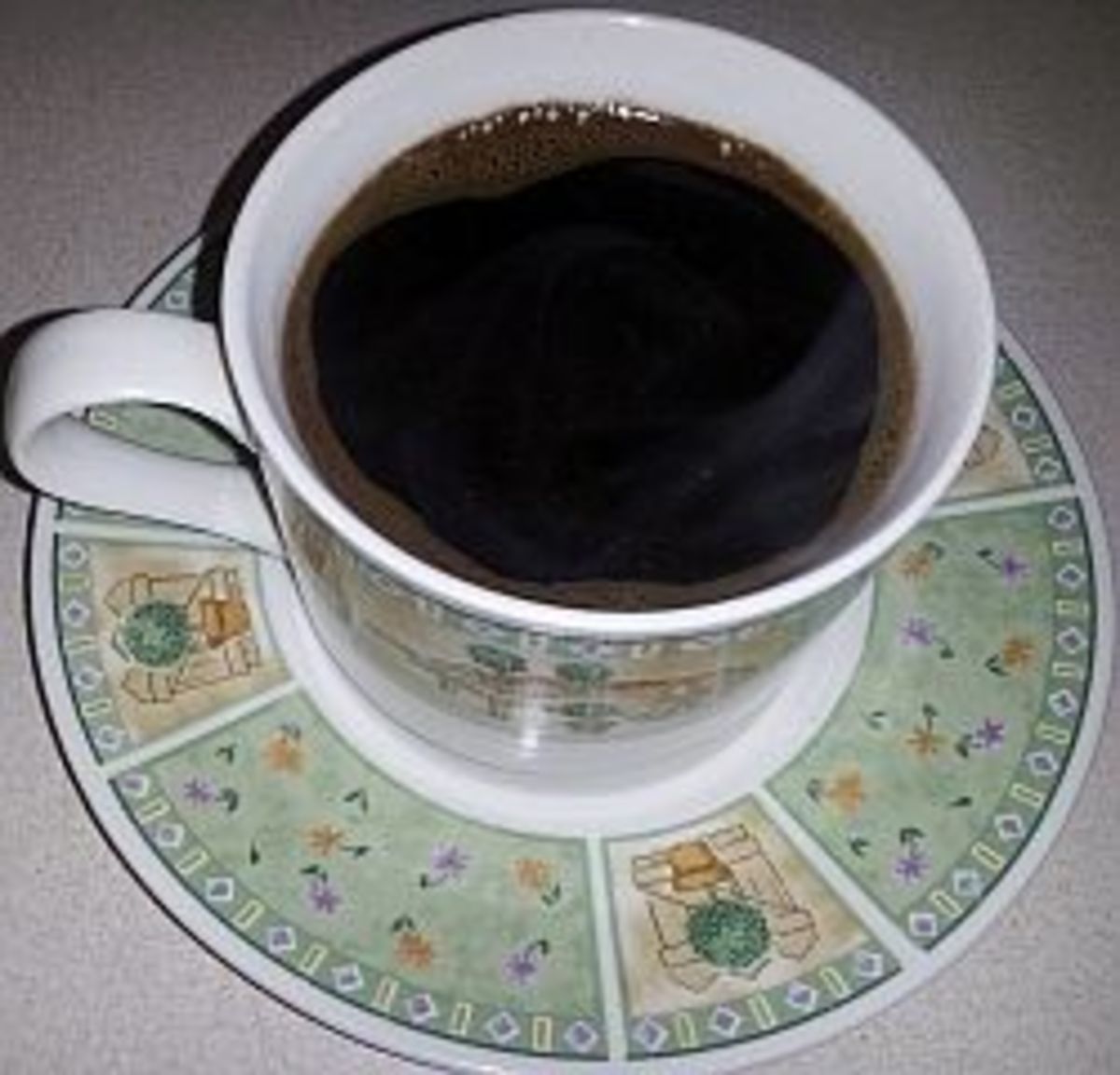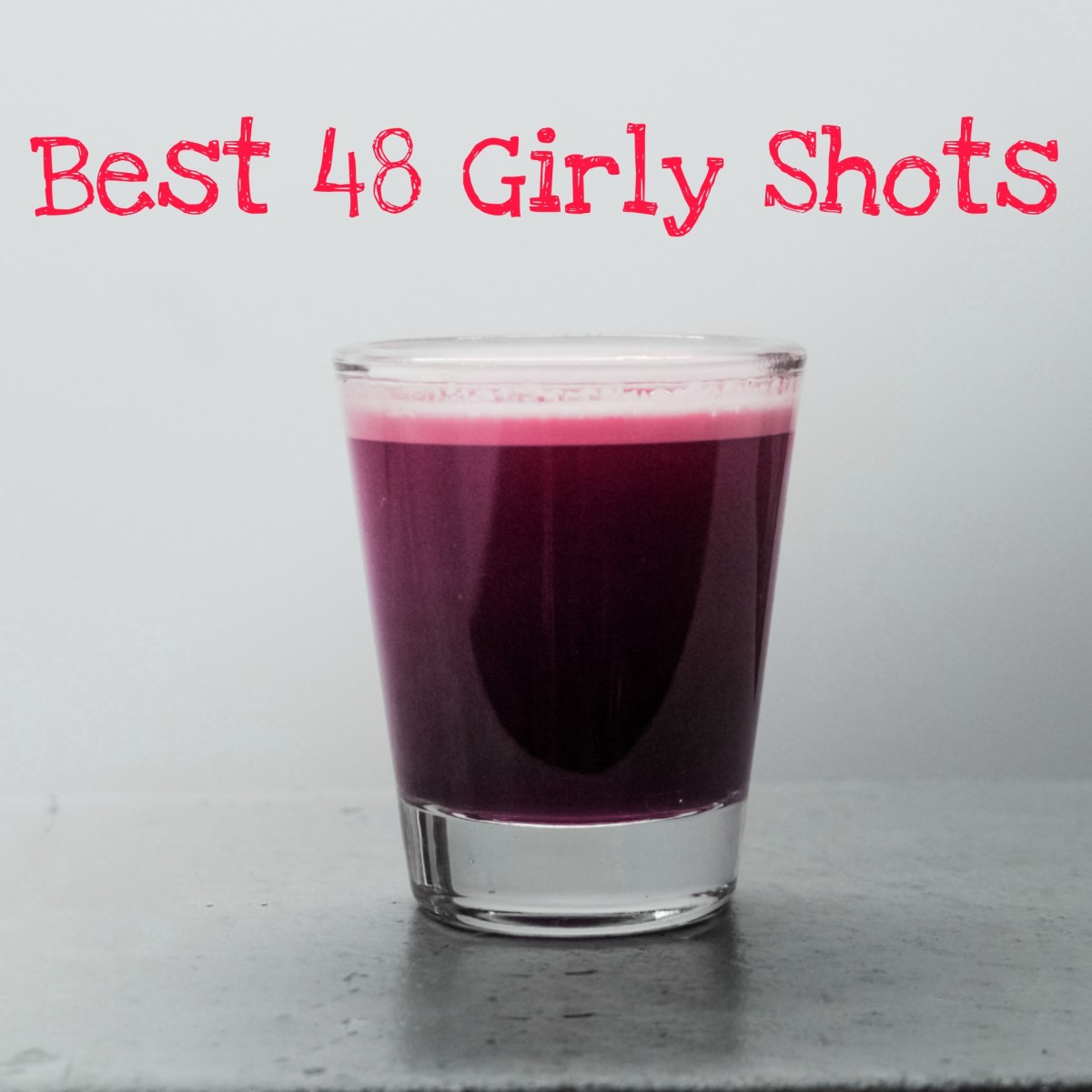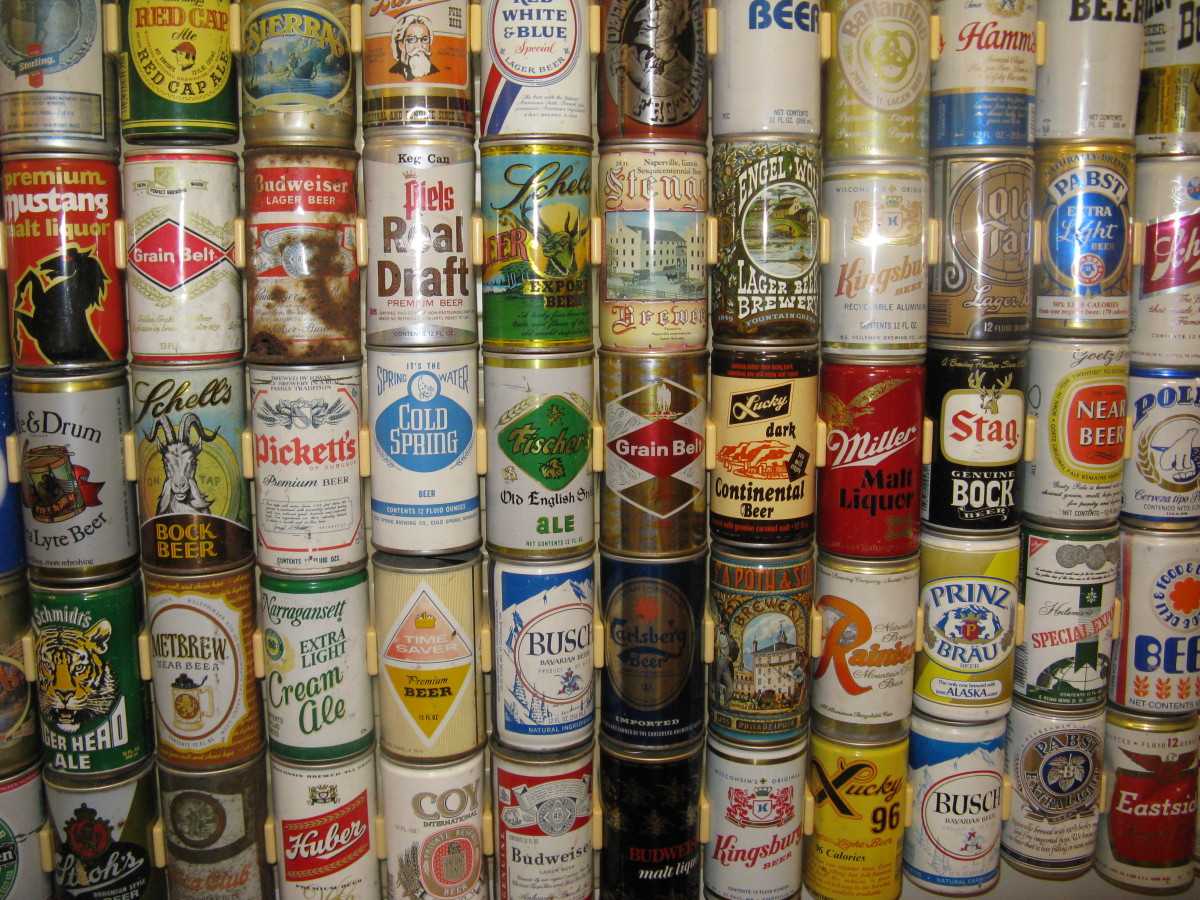Coca Cola Ingredients
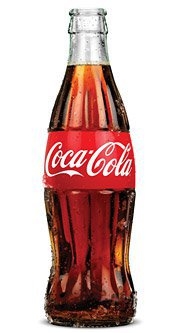
Coca Cola Ingredients
Just what is in that fizzy dark soda everybody likes so much? How was it created? When was it created? Who created it? This lens will explain each ingredient in the drink, what the purpose of each ingredient is, and where each ingredient came from.
Coca-Cola is available in almost every country, in varying flavors and styles.
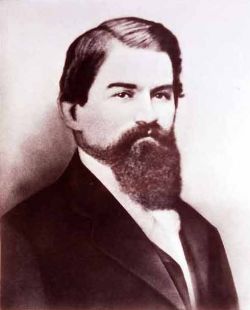
Coca Cola History
Where'd Coke come from?
The original recipe for Coca-Cola was created by the Eagle Drug and Chemical Company, a drugstore in Columbus, Georgia, by John Pemberton. Coca-Cola was originally known as Pemberton's French Wine Coca.
Due to prohibition in 1886, Pemberton developed Coca-Cola, essentially a non-alcoholic version of French Wine Coca.
The drink was first sold at Jacob's Pharmacy in Atlanta, Georgia, on May 8, 1886 as a patent medicine costing 5 cents. Carbonated water was, at the time,believed to have positive health effects. Pemberton claimed Coca-Cola cured many diseases, including morphine addiction, dyspepsia, neurasthenia, headache, and impotence.
By 1888, there were three versions of Coca-Cola. Asa Griggs Candler acquired a stake in Pemberton's company in 1887 and incorporated it as the Coca Cola Company in 1888. The same year, Pemberton sold the rights a second time to four more businessmen: J.C. Mayfield, A.O. Murphey, C.O. Mullahy and E.H. Bloodworth. Meanwhile, Pemberton's son Charley Pemberton began selling his own version of the product.
John Pemberton declared that the name "Coca-Cola" belonged to Charley, but the other two manufacturers could continue to use the formula. In the summer of 1888, Candler sold his beverage under the names Yum Yum and Koke. After both failed to catch on, Candler set out to establish a legal claim to Coca-Cola in late 1888, in order to force his two competitors out of the business. Candler purchased exclusive rights to the formula from John Pemberton, Margaret Dozier and Woolfolk Walker. However, in 1914, Dozier came forward to claim her signature on the bill of sale had been forged, and subsequent analysis has indicated John Pemberton's signature was most likely a forgery as well.
In 1892 Candler incorporated a second company, The Coca-Cola Company (the current corporation), and in 1910 Candler had the earliest records of the company burned, further obscuring its legal origins. By the time of its 50th anniversary, the drink had reached the status of a national icon in the USA. In 1935, it was certified kosher by Rabbi Tobias Geffen, after the company made minor changes in the sourcing of some ingredients.
Coca-Cola was sold in bottles for the first time on March 12, 1894. The first outdoor wall advertisement was painted in the same year as well in Cartersville, Georgia. Cans of Coke first appeared in 1955. The first bottling of Coca-Cola occurred in Vicksburg, Mississippi, at the Biedenharn Candy Company in 1891. Its proprietor was Joseph A. Biedenharn. The original bottles were Biedenharn bottles, very different from the much later hobble-skirt design that is now so familiar. Asa Candler was tentative about bottling the drink, but two entrepreneurs from Chattanooga, Tennessee, Benjamin F. Thomas and Joseph B. Whitehead, proposed the idea and were so persuasive that Candler signed a contract giving them control of the procedure for only one dollar. Candler never collected his dollar, but in 1899 Chattanooga became the site of the first Coca-Cola bottling company. The loosely termed contract proved to be problematic for the company for decades to come. Legal matters were not helped by the decision of the bottlers to subcontract to other companies, effectively becoming parent bottlers.
Coca Cola Products on Amazon.com - Check out these cool Coca Cola products on Amazon.
Coca Cola Health Issues
How unhealthy is Coca Cola?
Research indicates that soda and sweetened drinks are a primary source of calories in the American diet. Nutrition experts advise that Coca-Cola and other soft drinks can be harmful, particularly to young children whose soft drink consumption competes with, rather than complements, a balanced diet. Research has shown that regular soft drink users have a lower intake of calcium, magnesium, ascorbic acid, riboflavin, and vitamin A. The drink is also criticized for its use of caffeine, which can cause physical dependence. A common criticism of Coke based on its allegedly toxic acidity levels has been found to be baseless by researchers; lawsuits based on these notions have been dismissed by several American courts for this reason. Although numerous court cases have been filed against The Coca-Cola Company since the 1920s, alleging that the acidity of the drink is dangerous, no evidence corroborating this claim has been found. Under normal conditions, scientific evidence indicates Coca-Cola's acidity causes no immediate harm.
Since 1980 in the U.S., Coke has been made with high-fructose corn syrup (HFCS) as an ingredient. Originally it was used in combination with more expensive cane-sugar, but by late 1984 the formulation was sweetened entirely with HFCS. Some nutritionists caution against consumption of HFCS because it may aggravate obesity and type-2 diabetes more than cane sugar.
Coca Cola Ingredients
What are the ingredients in Coca Cola?
The ingredients in Coca Cola are, in order:
- Carbonated water
- Sugar or High Fructose Corn Syrup (Depends on country of origin)
- Caffeine
- Phosphoric acid
- Caramel color
- Natural flavorings
Please continue reading for a description of each ingredient!
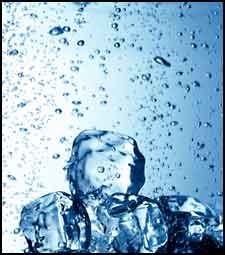
Carbonated Water
Coca Cola Ingredient #1
Carbonated water in Coca-Cola (also known as club soda, soda water, sparkling water, seltzer, or fizzy water) is water into which carbon dioxide gas under pressure has been dissolved, a process that causes the water to become effervescent. This is what gives the drink its fizziness.
Links Online - Coca Cola Related Links
Links to other sites about soft drinks.
- Sprite Ingredients
A lens dedicated to Sprite ingredients.
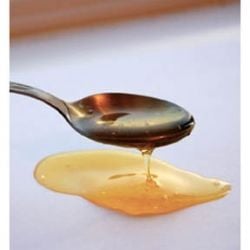
High Fructose Corn Syrup
Coca Cola Ingredient #2
High-fructose corn syrup in Sprite (HFCS) - also called glucose-fructose syrup in the UK, and glucose/fructose in Canada - comprises any of a group of corn syrups that has undergone enzymatic processing to convert some of its glucose into fructose to produce a desired sweetness. In the United States, consumer foods and products typically use high-fructose corn syrup as a sweetener. In the United States, it has become very common in processed foods and beverages, including breads, cereals, breakfast bars, lunch meats, yogurts, soups and condiments.
In some countries, Coca-Cola contains cane sugar, which is processed sugar cane plant.
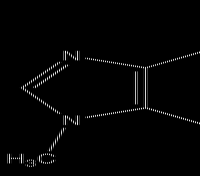
Caffeine
Coca Cola Ingredient #3
Caffeine is a bitter, white crystalline xanthine alkaloid that acts as a stimulant drug. Caffeine is found in varying quantities in the seeds, leaves, and fruit of some plants, where it acts as a natural pesticide that paralyzes and kills certain insects feeding on the plants. It is most commonly consumed by humans in infusions extracted from the seed of the coffee plant and the leaves of the tea bush, as well as from various foods and drinks containing products derived from the kola nut. Other sources include yerba maté, guarana berries, guayusa, and the yaupon holly.
In humans, caffeine acts as a central nervous system stimulant, temporarily warding off drowsiness and restoring alertness. It is the world's most widely consumed psychoactive drug, but, unlike many other psychoactive substances, it is both legal and unregulated in nearly all parts of the world. Beverages containing caffeine, such as coffee, tea, soft drinks, and energy drinks, enjoy great popularity; in North America, 90% of adults consume caffeine daily.
Caffeine is toxic at sufficiently high doses, but ordinary consumption poses few known health risks, even when carried on for years - there may be a modest protective effect against some diseases, including certain types of cancer. Some people experience sleep disruption if they consume caffeine, especially during the evening hours, but others show little disturbance and the effect of caffeine on sleep is highly variable.
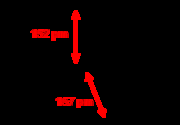
Phosphoric Acid
Coca Cola Ingredient #4
Food-grade phosphoric acid is used to acidify foods and beverages such as various colas, but not without controversy regarding its health effects. It provides a tangy or sour taste and, being a mass-produced chemical, is available cheaply and in large quantities. The low cost and bulk availability is unlike more expensive seasonings that give comparable flavors, such as citric acid which is obtainable from lemons and limes. However, most citric acid in the food industry is not extracted from citrus fruit, but fermented by Aspergillus niger mold from scrap molasses, waste starch hydrolysates and phosphoric acid.
Caramel Coloring
Coca Cola Ingredient #5
Caramel color or caramel coloring is a water soluble food coloring. It is made by a carefully controlled heat treatment of carbohydrates, in general in the presence of acids, alkalis, or salts, in a process called caramelization. It is more fully oxidized than caramel candy and has an odor of burnt sugar and a somewhat bitter taste. Its color ranges from pale yellow to amber to dark brown (see Color, below).
Caramel color is one of the oldest and most widely-used food colorings, and is found in almost every kind of commercially produced food, including: batters, beer, brown bread, buns, chocolate, cookies, cough drops, spirits and liquor such as brandy, rum, and whisky, chocolate-flavored flour-based confectionery, coatings, custards, decorations, fillings and toppings, potato chips, dessert mixes, doughnuts, fish and shellfish spreads, frozen desserts, fruit preserves, glucose tablets, gravy browning, ice cream, pickles, sauces and dressings, soft drinks (especially colas), sweets, vinegar, and more. Caramel color is widely approved for use in food globally but application and use level restrictions vary by country.
Natural Flavorings
Coca Cola Ingredient #5
Natural flavorings are the flavorings that give Coca-Cola its distinctive taste. The exact ingredients and amount of ingredients in Coca-Cola is one of the most highly secret kept proprietary secrets and very few people employed by Coca-Cola have access to the information.
Mexican Coca Cola
What is Mexican Coca Cola?
Mexican Coke (informally "MexiCoke") is Coca-Cola that is made and bottled in Mexico in a thick glass bottle. Although intended for consumption in Mexico, Mexican Coke has become very popular in the United States because of a flavor that Mexican Coke fans call "a lot more natural tasting." This "more natural" taste can be partially attributed to the use of refined cane sugar in Mexican Coke, as opposed to the high-fructose corn syrup found in nearly all soft drinks bottled in the United States because of tariffs on imported sugar.
Where is Coke available?
Where can I get Coke?
Coke is available almost everywhere in the world
This list of countries is NOT AN OFFICIALLY ENDORSED LIST BY COCA-COLA. Please check with your local retailer or Coca Cola themselves if there is any question about this list:
Afghanistan, Albania, Algeria, American Samoa, Angola, Antigua & Barbuda, Argentina, Armenia, Aruba, Australia, Austria, Azerbaijan, Bahamas, Bahrain, Bangladesh, Barbados, Belarus, Belgium, Belize, Benin, Bermuda, Bolivia, Bosnia & Herzegovina, Botswana, Brazil, British Virgin Islands, Bulgaria, Burkina Faso, Burundi, Cambodia, Cameroon, Canada, Cape Verde, Cayman Islands, Central African Republic, Chad, Chile, China, Colombia, Comoros, Costa Rica, Croatia, Curacao, Cyprus, Czech Republic, Democratic Republic of Congo, Denmark, Djibouti, Dominica, Dominican Republic, Ecuador, Egypt, El Salvador, Equatorial Guinea, Eritrea, Estonia, Ethiopia, Fiji, Finland, France, French Guiana, French Polynesia, Gabon, Georgia, Germany, Ghana, Great Britain, Greece, Grenada, Guadeloupe, Guam, Guatemala, Guinea, Guinea-Bissau, Guyana, Haiti, Honduras, Hong Kong, Hungary, Iceland, India, Indonesia, Israel, Italy, Ivory Coast, Jamaica, Japan, Jordan, Kazakhstan, Kenya, Kuwait, Kyrgyzstan, Latvia, Lebanon, Lesotho, Liberia, Lithuania, Luxembourg, Macau (Macao), Macedonia, Madagascar, Malawi, Malaysia, Maldives, Mali, Malta, Mariana Islands, Martinique, Mauritania, Mauritius, Mayotte, Mexico, Moldova, Mongolia, Montserrat, Morocco, Mozambique, Namibia, Nauru, Nepal, Netherlands, New Caledonia, New Zealand, Nicaragua, Niger, Nigeria, Northern Ireland, Norway, Oman, Pakistan, Panama, Papua New Guinea, Paraguay, Peru, Philippines, Poland, Portugal, Puerto Rico, Qatar, Republic of Congo, Republic of Ireland, Republic of Korea, Reunion, Romania, Russia, Rwanda, Saint Helena, Saint Kitts and Nevis, Saint Lucia, Saint Maarteen, Saint Vincent & the Grenadines, Samoa, Sao Tome & Principe, Saudi Arabia, Senegal, Serbia & Montenegro, Seychelles, Sierra Leone, Singapore, Slovakia, Slovenia, Solomon Islands, South Africa, Spain, Sri Lanka, Suriname, Swaziland, Sweden, Switzerland, Taiwan, Tajikistan, Tanzania, Thailand, The Gambia, Togo, Tonga, Trinidad & Tobago, Tunisia, Turkey, Turkmenistan, Turks & Caicos Islands, U.S. Virgin Islands, Uganda, Ukraine, United Arab Emirates, United States, Uruguay, Uzbekistan, Vanuatu, Vietnam, West Bank-Gaza, Yemen, Zambia and Zimbabwe.


